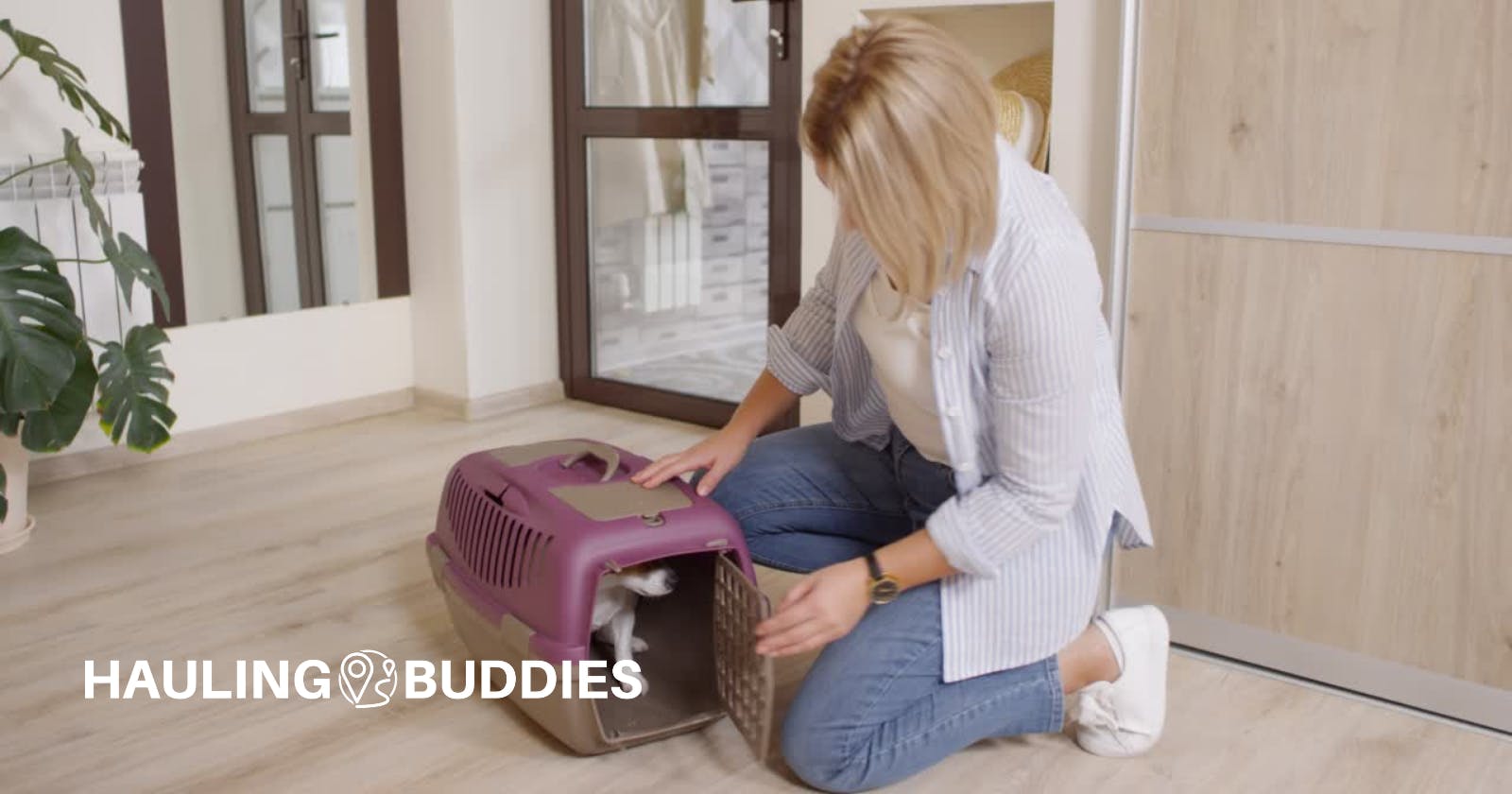People ship their pets for a variety of reasons. While it can seem like a scary process, it doesn’t have to be. This article will provide you with a step-by-step guide on shipping small animals. It will focus on the transport of cats and dogs and provide you with some tips for transporting other small animals such as rabbits.
Make Sure Your Pet is Healthy
Before you ship any animal, you need to make sure your pet is healthy enough to travel. Schedule an appointment with your veterinarian to have your pet evaluated. During this visit, your will need to obtain a Certificate of Veterinary Inspection, also called a health certificate. This certificate verifies that your animal has been evaluated by an accredited veterinarian and is safe to travel.
Another critical part of your pet’s visit is to ensure they are up to date on vaccines. Some destinations have specific vaccination requirements. If you are using an animal transporter, they may also need a copy of your pet’s vaccine record. Discuss your travel plans with your veterinarian and make sure your pet has met all of the necessary requirements.
Pick Your Mode of Transport
When it comes to shipping small animals, you have several options. Some airlines permit small pets to fly in the cabin or as cargo. However, this can be very expensive, and restrictions on pet air travel have recently increased. When possible, ground transportation is usually the method of choice for pet owners.

Let’s take a closer look at the different ground transport options available for small animals.
Commercial Transport Companies
For long hauls, commercial transport companies are very popular. These companies are animal professionals and have a vast amount of experience in the transportation industry. Commercial transport companies should have proper licensing, insurance and follow the guidelines set forth by the Animal Welfare Act .
Private Shippers
If you are not interested in a large shipping company, there are other options. Private shippers are usually individuals or small groups that work with owners to move pets to the desired location.
Private shippers usually transport animals in personal vehicles or small vans. For long hauls, multiple individuals may be responsible for driving your animal.
When dealing with any shipping service, it is essential to be aware of possible scammers. It is typically easier to verify the credentials of larger transport companies. When dealing with private shippers, ask for references and look for reviews from other people who have used the same service.
Hauling Buddies is a great way to connect with people providing both these services.
Get a Suitable Travel Crate
According to the American Veterinary Medical Association (AVMA), defective crates are the most common cause of escape or injury of pets during travel. To avoid this, you need to pick a crate that is suitable for your pet.
The first thing to consider when picking a crate is your pet’s size. Animals should be able to comfortably stand, sit, lie down, and turn around inside their crate. While soft-sided crates may appear more comfortable, they do not provide as much protection as solid ones. Soft-sided crates are also easier for pets to escape from.
If you are using a transport company, check the company’s travel crate requirements. Some companies will use their own crates or allow you to purchase a carrier from them.
Take the Proper Safety Precautions
Whenever you are shipping an animal, it is critical to take all the necessary safety precautions. Avoid transporting animals in extreme weather conditions and ensure your pet has appropriate access to food and water. If you are using an animal transporter, discuss any health concerns with your transporter. Make sure they are properly prepared for any health emergencies.
For more information about pet travel safety, visit our article on the topic here.
Dog Transportation
When shipping a dog, crates are the preferred method of transport. However, in some cases, your dog may be traveling in a private vehicle. Large crates can be quite cumbersome in a car and difficult to secure properly. For these situations, a dog seatbelt harnesses is a reasonable alternative.
These seatbelt harnesses are similar to a harness your dog might wear for walking or hiking. However, they have a special attachment for the car’s seatbelt. Not only are they a great safety feature for your pet, but they can also reduce the risk of drivers becoming distracted by dogs roaming about in the car.
Cat Transportation
When it comes to transporting cats, there are a few things to keep in mind. For long trips, you will need to have a plan in place for your cat to use the bathroom. Unlike dogs, most cats are not leash trained and cannot be let out of the vehicle to use the bathroom. For this reason, many transportation companies recommend using a cat carrier with a built-in litter box. This will allow your pet to use the bathroom during their travels and prevent you from worrying about them escaping during a potty break.
Make sure the litter box is adequately secured so it does not move around during transport. With the litter box in place, your cat should still have plenty of room to move around and lay down in its carrier.
What About Other Small Pets?
While small animal shipping usually involves common pets like cats and dogs, other small animals can also be shipped. These animals include rabbits, ferrets, and other exotic species. If you are interested in transporting an exotic pet, check with your transport company first. Your transport options may be more limited, and there may be some additional requirements to ship your pet. When shipping exotic pets, you should take into consideration additional safety precautions. For example, temperature control during rabbit transportation is critical. Rabbits regulate their body temperature through their breath and their ears. They are most comfortable in temperatures between 60-65 F. Rabbits can experience heat stress in temperatures above 85 F. When transporting rabbits, make sure their crates are well ventilated for airflow. Rabbits should always be transported in a climate-controlled environment.
Final Thoughts
Shipping your pet doesn’t have to be a daunting task. With the right information, the animal shipping process can be easy and stress-free. Use this guide to plan ahead and make the necessary arrangements for your pet.

